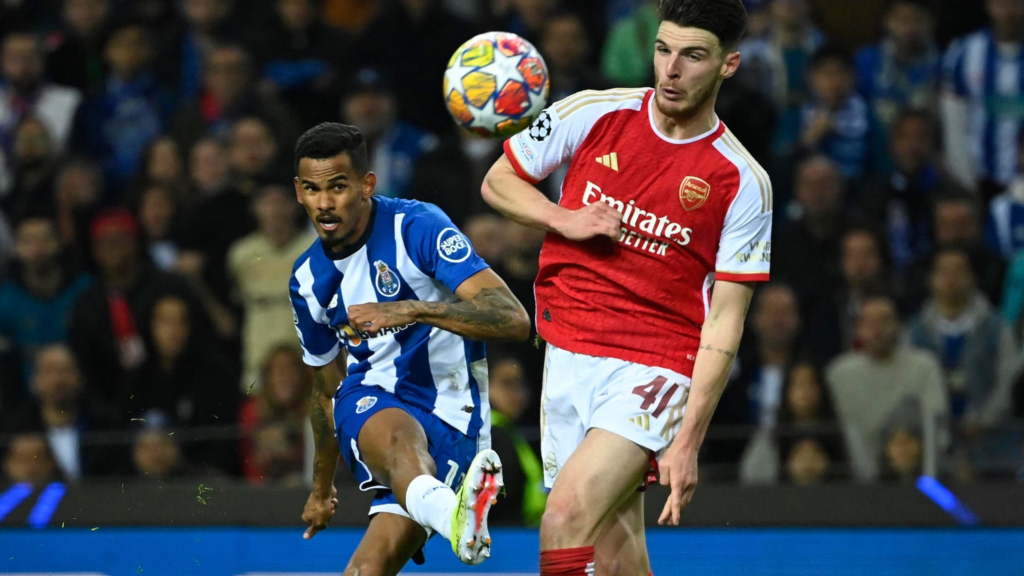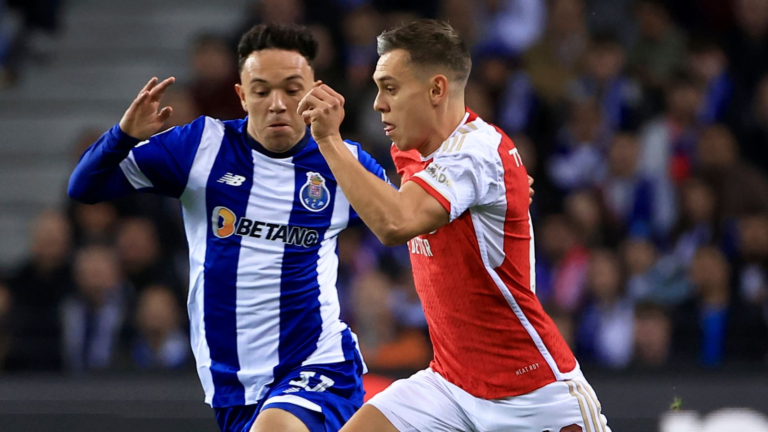Football matches between top-tier clubs are always packed with excitement, tension, and memorable moments. One such notable fixture is the Arsenal vs FC Porto clash, which has consistently delivered high-stakes drama and thrilling gameplay. This article delves into the comprehensive timeline of matches between Arsenal and FC Porto, detailing key lineups, significant stats, and crucial moments that have defined this fierce competition.
Historical Context and Early Encounters
The rivalry between Arsenal and FC Porto is rooted in European competitions, primarily the UEFA Champions League. The two clubs first crossed paths in the 2006-07 Champions League group stage. Arsenal, under the management of Arsène Wenger, was known for its attractive style of play, emphasizing possession and fluid attacking movements. FC Porto, on the other hand, had a reputation for being a robust and tactically astute team, often excelling in European competitions.
2006-07 Champions League Group Stage
The initial encounter on September 26, 2006, at the Emirates Stadium, ended in a 2-0 victory for Arsenal. Goals from Thierry Henry and Alexander Hleb highlighted the Gunners’ attacking prowess. The return leg on December 6, 2006, at the Estádio do Dragão, saw a more cautious approach from both sides, resulting in a goalless draw. These matches laid the foundation for a competitive rivalry, with Arsenal demonstrating their strength at home and Porto showcasing their defensive resilience.

Lineups and Tactical Battles
Analyzing the lineups and tactical setups in these encounters provides deeper insight into the strategies employed by both teams. Wenger’s Arsenal was characterized by a 4-4-2 formation that often morphed into a 4-3-3 during attacking phases. Key players included Thierry Henry, Cesc Fàbregas, and Robin van Persie, who were instrumental in orchestrating Arsenal’s attacking play. Porto, managed by Jesualdo Ferreira, typically set up in a 4-3-3 formation, focusing on a solid defensive structure and quick counter-attacks. Lucho González and Lisandro López were pivotal in Porto’s strategy, providing both creativity and goals.
Tactical Adaptations
One notable tactical adaptation was observed in the 2009-10 Champions League Round of 16. In the first leg at the Estádio do Dragão on February 17, 2010, Porto secured a 2-1 victory. Fábio Coentrão’s early goal and an own goal by Sol Campbell capitalized on defensive lapses by Arsenal. However, Wenger adjusted his tactics in the return leg at the Emirates Stadium on March 9, 2010. Arsenal deployed a more aggressive 4-3-3 formation, with Samir Nasri and Andrey Arshavin providing width and creativity. This change paid off handsomely, as Arsenal triumphed 5-0, with Nicklas Bendtner scoring a hat-trick. This match highlighted Wenger’s ability to adapt tactically and exploit Porto’s vulnerabilities.
Key Moments and Memorable Matches
Several key moments stand out in the Arsenal vs FC Porto timeline, showcasing the intensity and unpredictability of their encounters.
2009-10 Round of 16: The Bendtner Show
Those above 2009-10 Round of 16 clash is perhaps the most memorable in this rivalry. After a narrow defeat in the first leg, Arsenal needed a strong performance at home to progress. Bendtner’s hat-trick, coupled with goals from Samir Nasri and Emmanuel Eboué, ensured a dominant 5-0 victory. Nasri’s solo effort, where he dribbled past three Porto defenders before slotting home, remains one of the standout moments in Arsenal’s European history. This match epitomized the Gunners’ attacking potential when playing at their best.
2014-15 Group Stage Encounters
Another notable chapter in this rivalry occurred during the 2014-15 Champions League group stage. Arsenal and Porto were drawn into the same group, leading to two highly competitive matches. The first encounter at the Emirates Stadium ended in a 2-2 draw. Arsenal took the lead through Alexis Sánchez, but Porto fought back with goals from Jackson Martínez and Yacine Brahimi. A late equalizer from Danny Welbeck salvaged a point for the Gunners. The return leg at the Estádio do Dragão was equally thrilling, with Porto emerging victorious in a 3-2 win. Goals from Brahimi, Martínez, and an own goal by Mikel Arteta sealed the win for Porto. These matches highlighted the evenly matched nature of the two teams, with both fixtures being decided by fine margins.
Statistical Analysis
Examining the stats from these encounters provides further insight into the dynamics of this rivalry. Throughout their meetings, Arsenal has generally held the upper hand in terms of victories and goals scored. However, Porto’s ability to secure crucial wins, especially at home, cannot be overlooked.
Head-to-Head Record
In their ten competitive encounters, Arsenal won five times, while Porto claimed three victories, with two matches ending in draws. High-scoring games have often characterized Arsenal’s victories, whereas Porto’s wins have typically been more hard-fought and defensively sound.
Goals and Key Players
Thierry Henry remains Arsenal’s top scorer in this fixture, and his goals have played a pivotal role in their early successes. For Porto, Jackson Martínez has been a standout performer, consistently troubling Arsenal’s defense with his pace and finishing ability. The overall goal tally favors Arsenal, who have scored 18 goals compared to Porto’s 12.
Recent Encounters and Future Prospects
The most recent encounters between Arsenal and FC Porto have continued to showcase the competitive nature of this rivalry. In the 2019-20 UEFA Europa League quarter-finals, Arsenal emerged victorious with a 3-1 aggregate win. Pierre-Emerick Aubameyang’s goals and solid defensive performances from players like Kieran Tierney and Bernd Leno were crucial in securing the win.

Looking Ahead
As both clubs continue to evolve, future encounters are likely to be equally thrilling. Arsenal’s recent resurgence under new management and Porto’s consistent presence in European competitions suggest that this rivalry will remain a fixture of European football. Young talents like Bukayo Saka for Arsenal and Fábio Vieira for Porto could play significant roles in shaping the next chapter of this storied rivalry.
Conclusion
The Arsenal vs FC Porto timeline is rich with memorable moments, tactical battles, and standout performances. From early encounters in the Champions League group stages to high-stakes knockout matches, this rivalry has consistently delivered top-tier football. As both clubs continue to build and evolve, fans can look forward to more exciting chapters in this compelling saga. The blend of tactical ingenuity, individual brilliance, and competitive spirit ensures that Arsenal vs FC Porto remains a highlight in the European football calendar.


